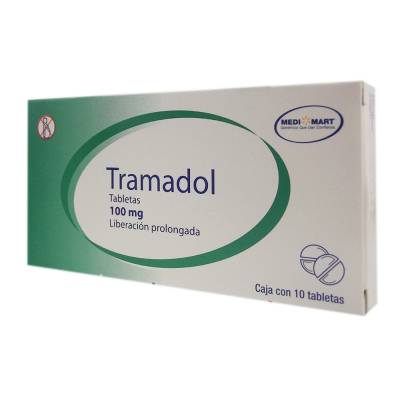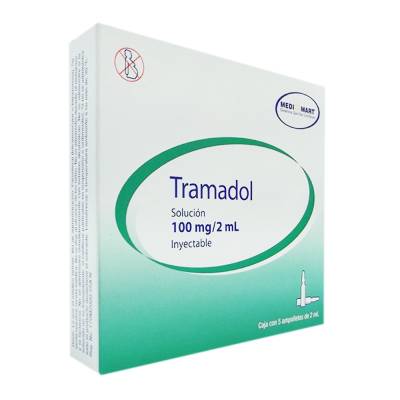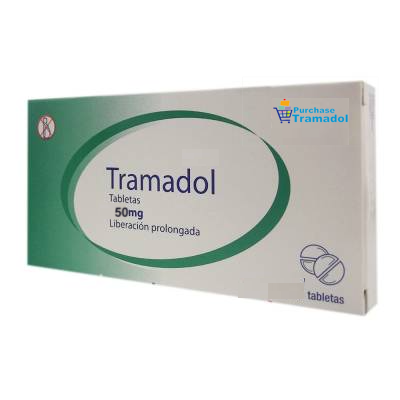Tramadol: What it Does
Ultram, the brand name for tramadol, is a prescription medication designed to reduce pain. Because it is used to treat moderate and moderately severe pain, it is most commonly prescribed after a major surgery – or to those with fibromyalgia.
Tramadol: How it Works
As a prescription opioid, tramadol blocks pain by changing the nervous system and brain at the hormonal level. At the same time, the drug raises the level of dopamine in the brain – which is just one of the things that can make Ultram addictive.
It is also worth noting that tramadol is not a natural opiate – it is a synthetic opioid analgesic. While opioids like Ultram have been approved by the US Food and Drug Administration, they are generally much stronger than naturally occurring opiates. For instance, hydromorphone is considered ten times stronger than morphine (a natural opiate).
This is an important distinction, since strong opioids can easily lead to addiction for the average person.
Tramadol: How to Use It
In short, tramadol (Ultram) is used to reduce pain – but only in limited doses. Usually administered in a tablet, Ultram is typically prescribed as either tramadol 50mg or tramadol 100mg. This means that there is either 50 milligrams or 100 milligrams per tablet.
The recommended dose is to take one tablet every four to six hours, only as the pain increases. Over the course of an entire day, you should never take more than 400mg.
Ultram 50mg: The most common dosage for tramadol. Taken four to six times each day.
Ultram 100mg: A stronger dosage for tramadol. Taken at most four times each day.
Tramadol: The Side Effects
Even in normal use, Ultram can give way to several different side effects. These include:
Difficulty breathing
A slowed heart rate
Low blood pressure
Feeling dizzy or lightheaded
A lowered sex drive
Nausea or vomiting
A loss of appetite
A skin reaction (i.e. a rash)
Fever
Sore throat
Seizure (in rare cases)
“Tramadol is used to relieve moderate to moderately severe pain. Tramadol is in a class of medications called opiate (narcotic) analgesics. It works by changing the way the brain and nervous system respond to pain.”
~ U.S. National Library of Medicine





